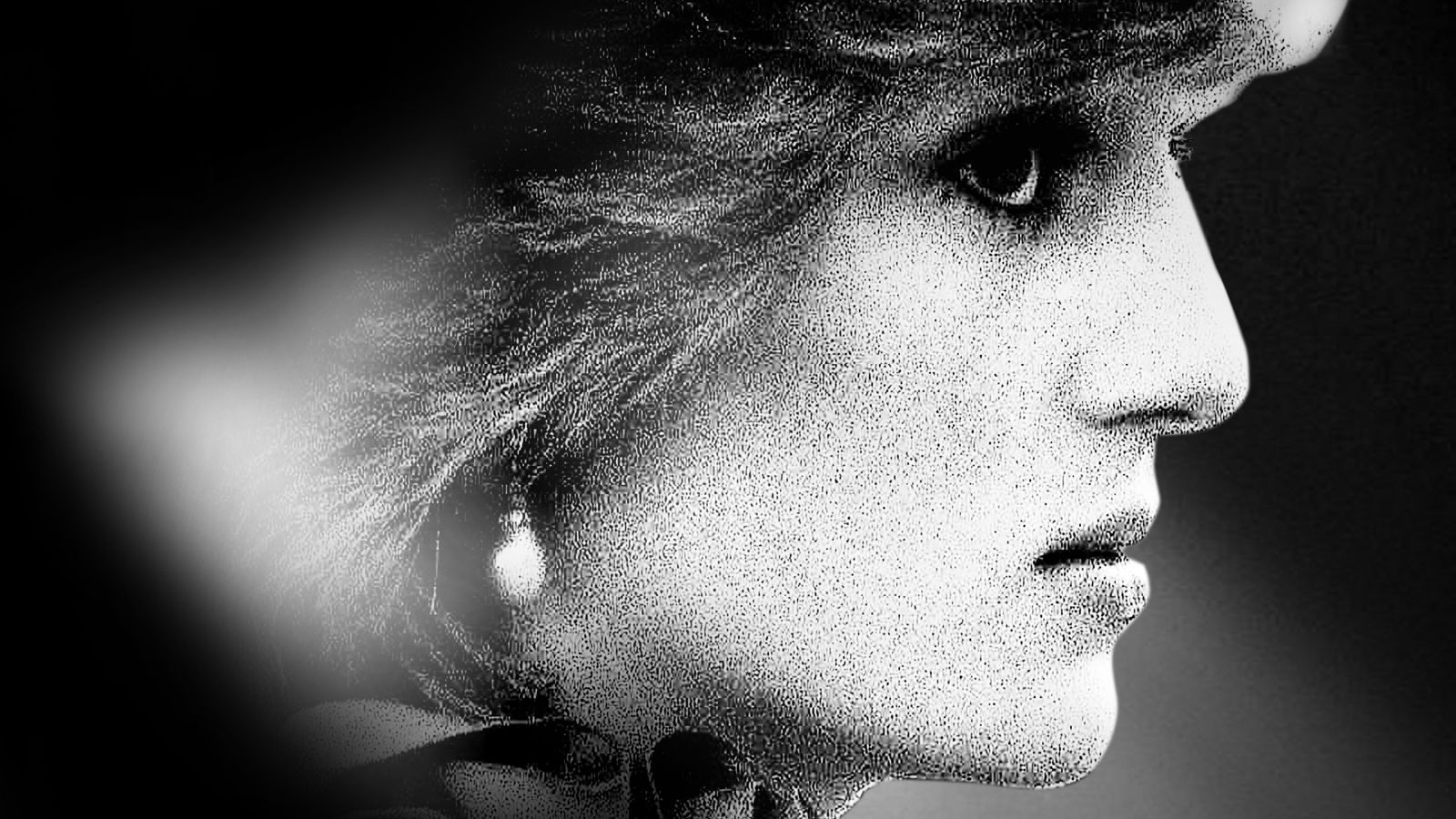By design, Ed Perkins’ The Princess keeps a healthy, mediated distance from its subject, the late Princess of Wales. After all, the news is the first draft of history, and the film restricts its view to what we knew at the time. In doing so Perkins orchestrates a film that demystifies the lore and media obsession with Princess Diana, in essence pointing its gaze inward—towards the media covering the adoring fans in the moment. They sometimes turn against the media, defending the People’s Princess in shouting matches on talk shows and sometimes in the streets, yet the economic incentives for rabid paparazzi persist.
Diana was, by all means, an influencer when such terms didn’t exist and in a time when a narrative could not be controlled by Instagram. Later in life she went where the cameras would do the most good, calling attention to a wide range of causes that would normally be seen as too remote for the House of Windsor. Along the way she ushers in a new era for the monarchy, viewed as an anachronism in the UK by breaking norms as only a modern 20-year-old outsider can do. After marrying Charles––a playboy who allegedly left Diana minutes after giving birth to Harry to play polo––they try multiple approaches to divide their royal duties, Charles tackling official business and Diana taking on a more ceremonial role. As one commentator in India declares, she appears to be stuck as a “modern person in an ancient institution.” The curiosity and speculation only continue to mount, from her wedding to the various scandals and eventual divorce.
Perkins’ approach, however, could be read more as an exercise in media study than biopic of Diana. It adds to the canon but not the lure of the mythical “People’s Princess.” The film shifts its focus on to the turbulence of everyday life, from grocery-shopping to the violence in Northern Ireland. Diana and Charles seemed, at least from time to time, to be a unifying force inspiring the kind of celebration and division that we in the states associate with winning football teams.
The approach does turn to the paparazzi and their feverish hunt of Di in all aspects of her life, from vacations to her separation. At that time Charles also tries rehabilitating his image, only to be mocked by the press. This story is largely known, but what power The Princess finds is that it serves as a subtle indictment of media narratives and speculation about her health and marriage. A generation (including this viewer) will remember Princess Di as a central figure in the supermarket tabloids grandmothers enjoyed, and someone who died too young. This film is a contemporaneous record of how the media narrative unfolded, cross-cutting between certain TV highlights, shouting matches, and B-roll that reflects the pulse of the nation at a given moment.
While Perkins’ film does have an emotional core, it refuses the urge to internalize Diana, instead allowing that to authors of tell-all books in brief clips. It’s not until late in the story that Diana appears on the Panorama TV show in an extensive interview that becomes such a cultural event people pack pubs to watch it. This is a sympathetic, nevertheless distant portrait that may not shed any new light for those previously engrossed. The film also doesn’t shy away from some sensational aspects of the story, including private phone conversations between Charles and Camilla Parker-Bowles that became a global fascination.
The Princess might ultimately yield more value as a work of media scholarship, whatever the emotion and sympathy embedded in this mythical narrative that’s only grown through the years. When the inevitable comes, Perkins chooses to use footage from the U.S. showing reactions on a normal Saturday night from fatigued media consumers—an odd, fitting passage. While anger boils over at the media, especially sensational papers like The Sun, it might as well be turned inwards. If it bleeds, it leads––but consumers vote with their wallets.
The Princess premiered at the 2022 Sundance Film Festival.

